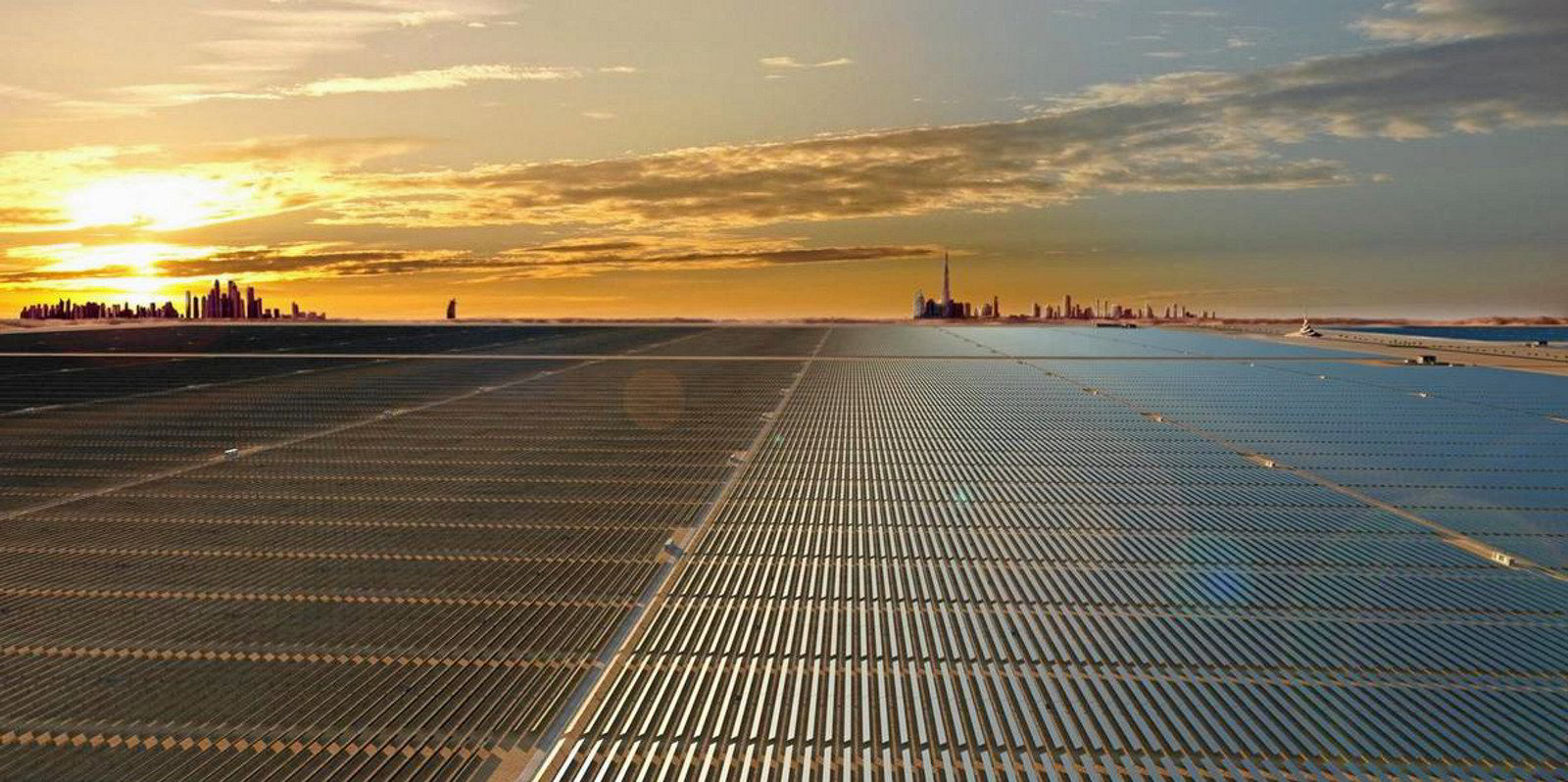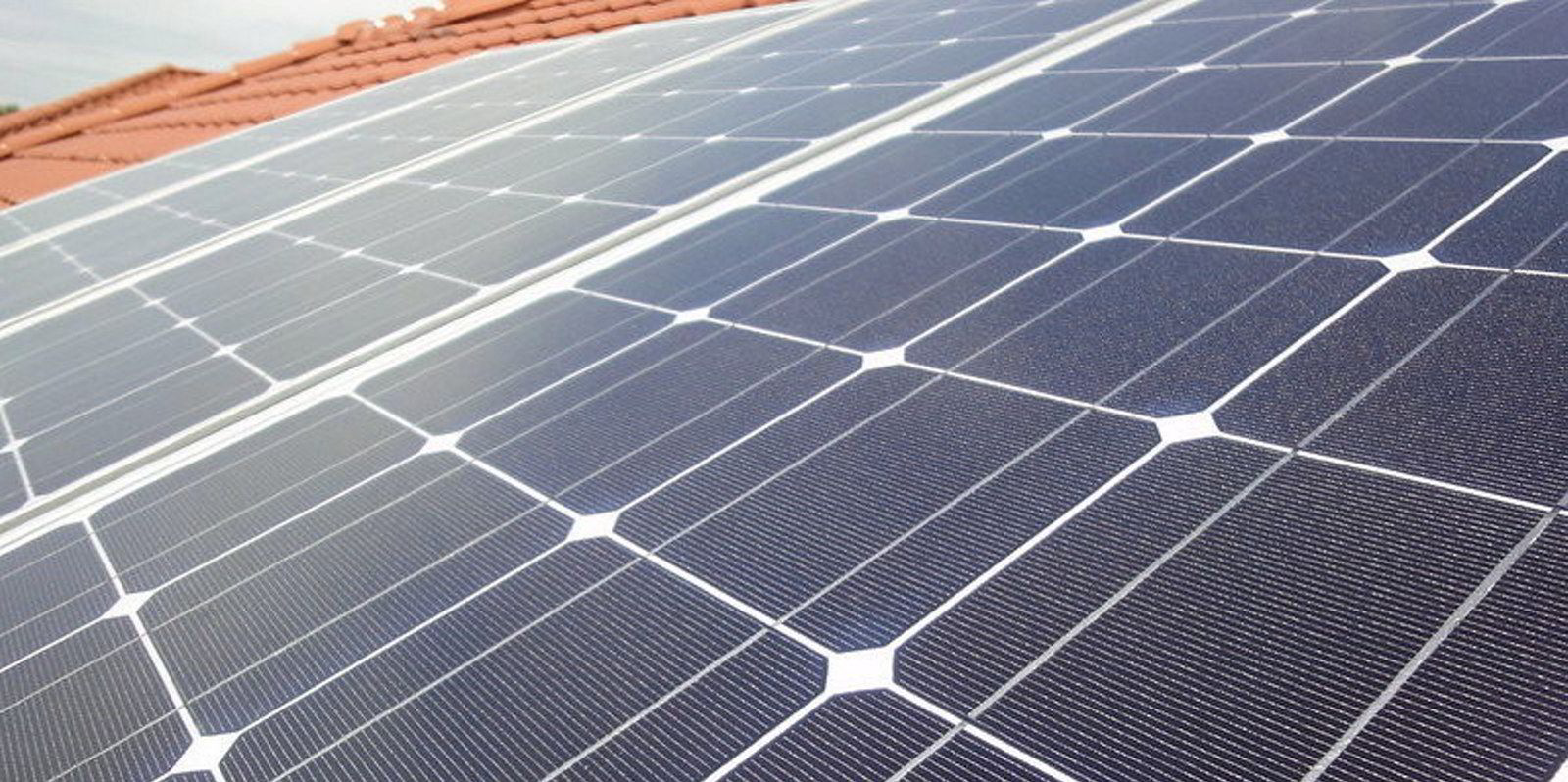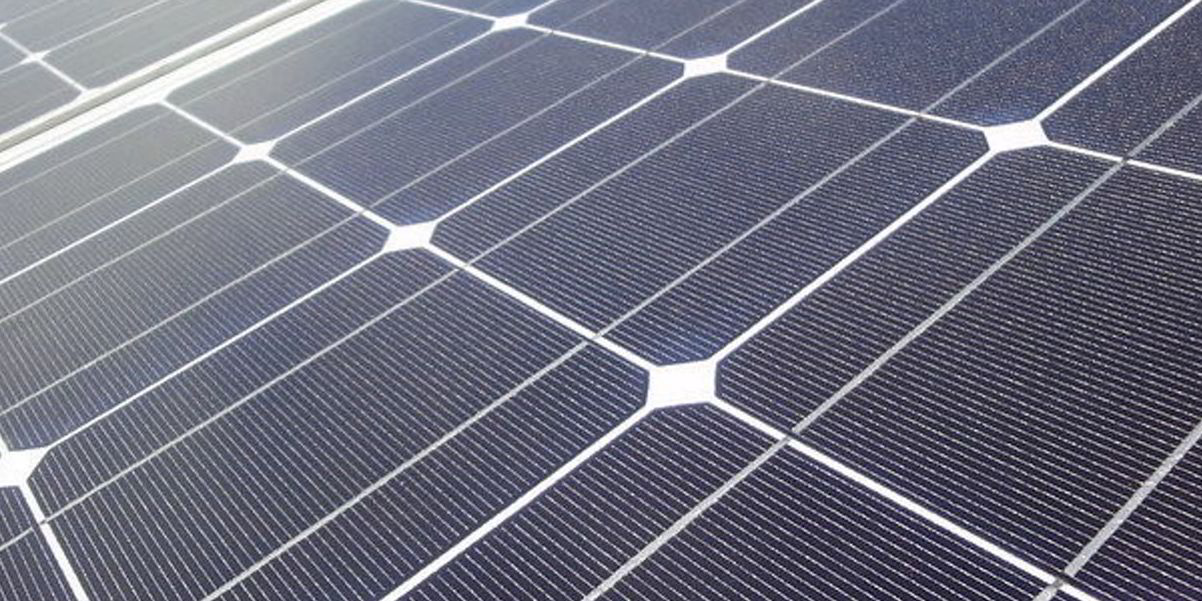Annual global investment in the energy transition surpassed $500bn for the first time last year, outstripping 2019 as the wind and solar power sectors forged ahead despite the economic tumult caused by the Covid-19 pandemic, according to new figures from BloombergNEF (BNEF).
Get the market insight you need into the global oil & gas industry's energy transition – from the new newsletter from Upstream and Recharge. Sign up here
Research from the analyst group shows that $501.3bn was spent on decarbonisation last year, with a total of $303.5bn stumped up for the construction of new renewable energy plant capacity, up 2% on the year, boosted by the biggest-ever build-out of solar projects and a $50bn updraft for offshore wind.
The capital committed to renewable energy projects came in as the second-highest annual figure ever, after 2017’s $313.3bn, and the seventh consecutive year where over $250bn was spent, with solar up 12% at $148.6bn and wind down 6% at $142.7bn.
Albert Cheung, head of analysis at BNEF, said: “Our figures show that the world has reached half a trillion dollars a year in its investment to decarbonise the energy system. Clean power generation and electric transport are seeing heavy inflows but need to see further increases in spending as costs fall.
“Technologies such as electric heat, CCS [carbon capture and storage] and hydrogen are only attracting a fraction of the investment they will need in the 2020s to help bring emissions under control.
“We need to be talking about trillions [of dollars] per year if we are to meet climate goals.”
BNEF CEO Jon Moore stated: “The coronavirus pandemic has held back progress on some projects, but overall investment in wind and solar has been robust and electric vehicle sales jumped more than expected.
“Policy ambition is clearly rising as more countries and businesses commit to net-zero targets, and green stimulus programs are starting to make their presence felt,” he stated, pointing to the 54% of 2016 emissions “now under some form of net-zero commitment”, up from 34% at the start of last year.
“This should drive increasing investment in the coming years.”
Almost $140bn went into electric vehicles (EVs) and associated charging infrastructure in 2020, according to BNEF, up 28% year-on-year and a new record, while low-carbon investment by oil & gas companies totted up at $12.7bn.
Other key energy transition-linked investment included: domestic installation of energy-efficient heat pumps ($50.8bn) and energy storage technologies ($3.6bn). Last year, the worldwide spend on CCS tripled to $3bn, and that in hydrogen was $1.5bn, down 20% year on yearb but the second-highest annual number to date, according to BNEF-compiled data.
BNEF highlighted a “geographical split” in global investment patterns, wherein Europe – which had a record year for EV sales and “the best year in renewable energy investment since 2012” – accounted for the largest slice of capital, at $166.2bn (up 67%), with China at $134.8bn (down 12%) and the US at $85.3bn (down 11%).
Data on investment coming in through the public markets and venture capital and private equity plays in renewable energy revealed a “runaway” record figure of $20bn via share issues, up 249% on 2019, led by $2.8bn raised by Chinese battery-maker Contemporary Amperex Technology, $846 million from US fuel cell company Plug Power, and $777m from Chinese PV manufacturer JA Solar Technology.




